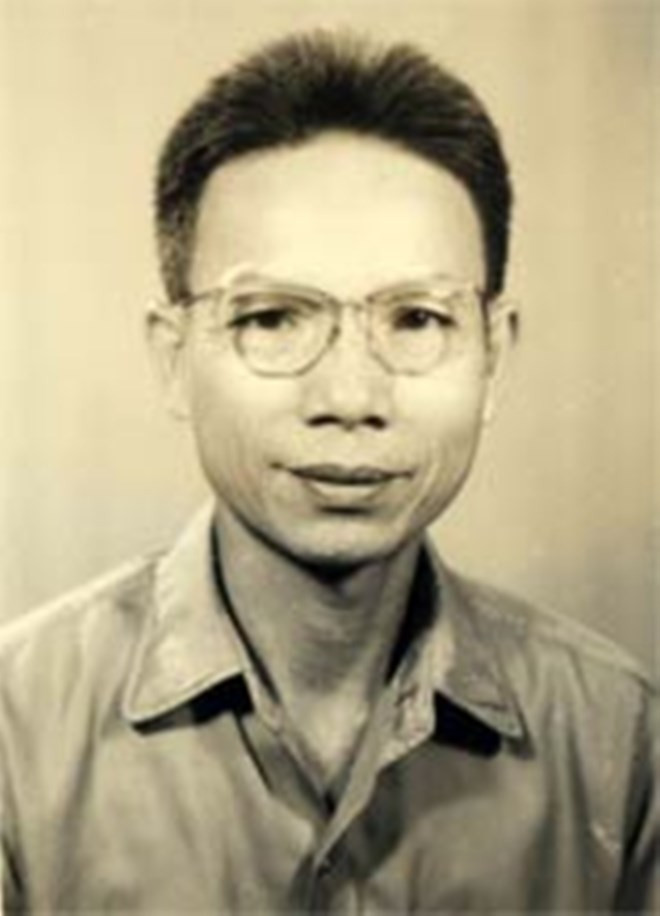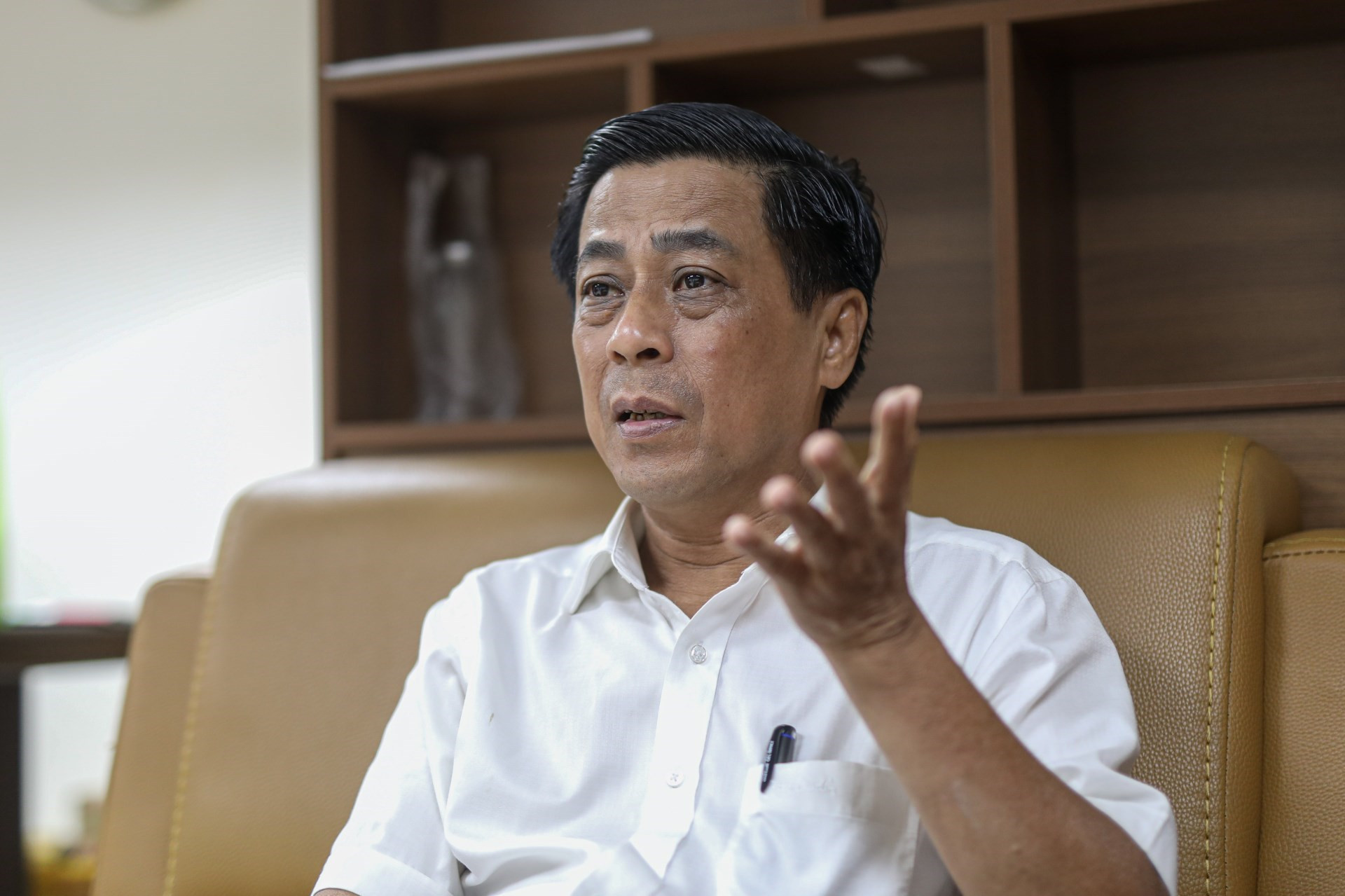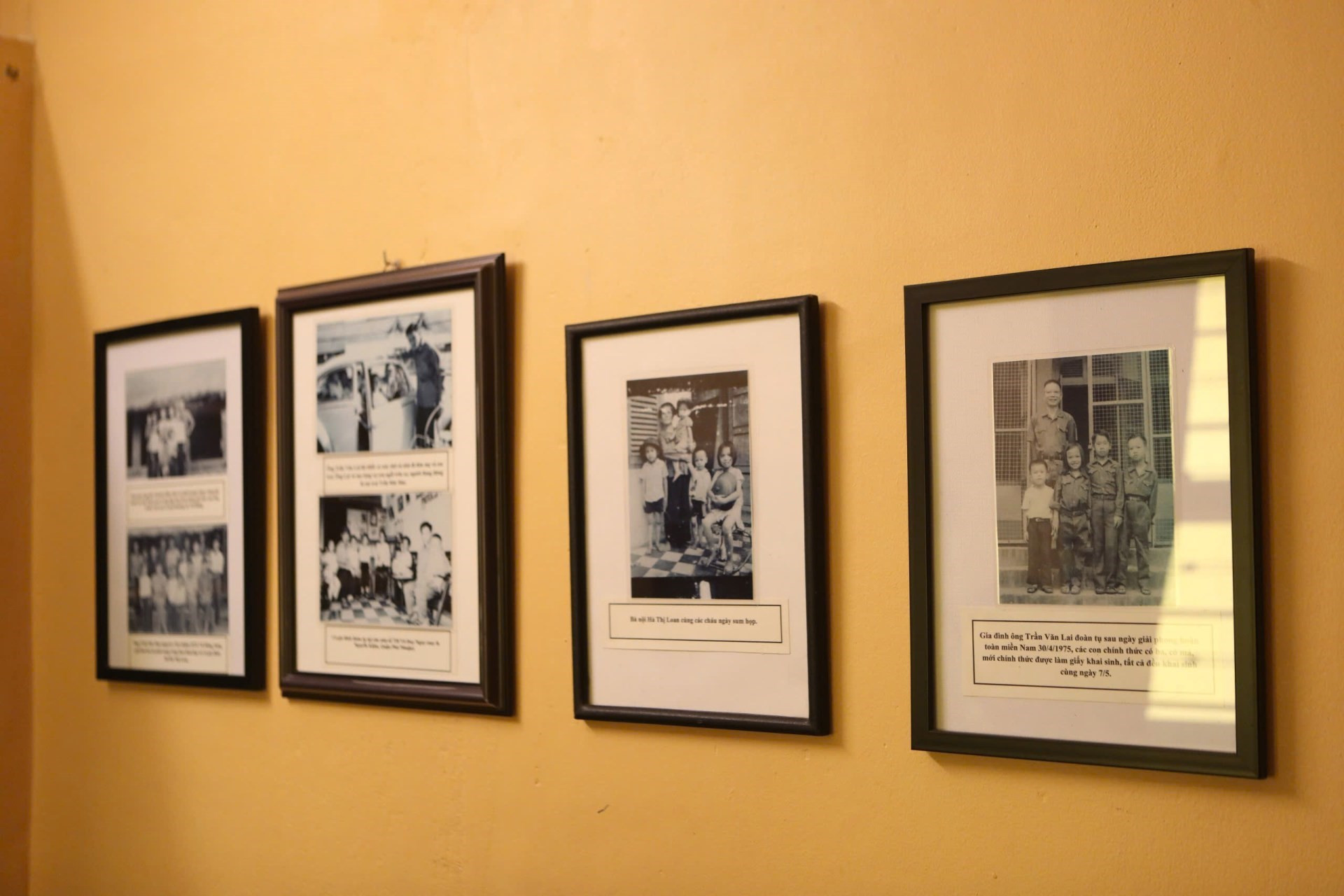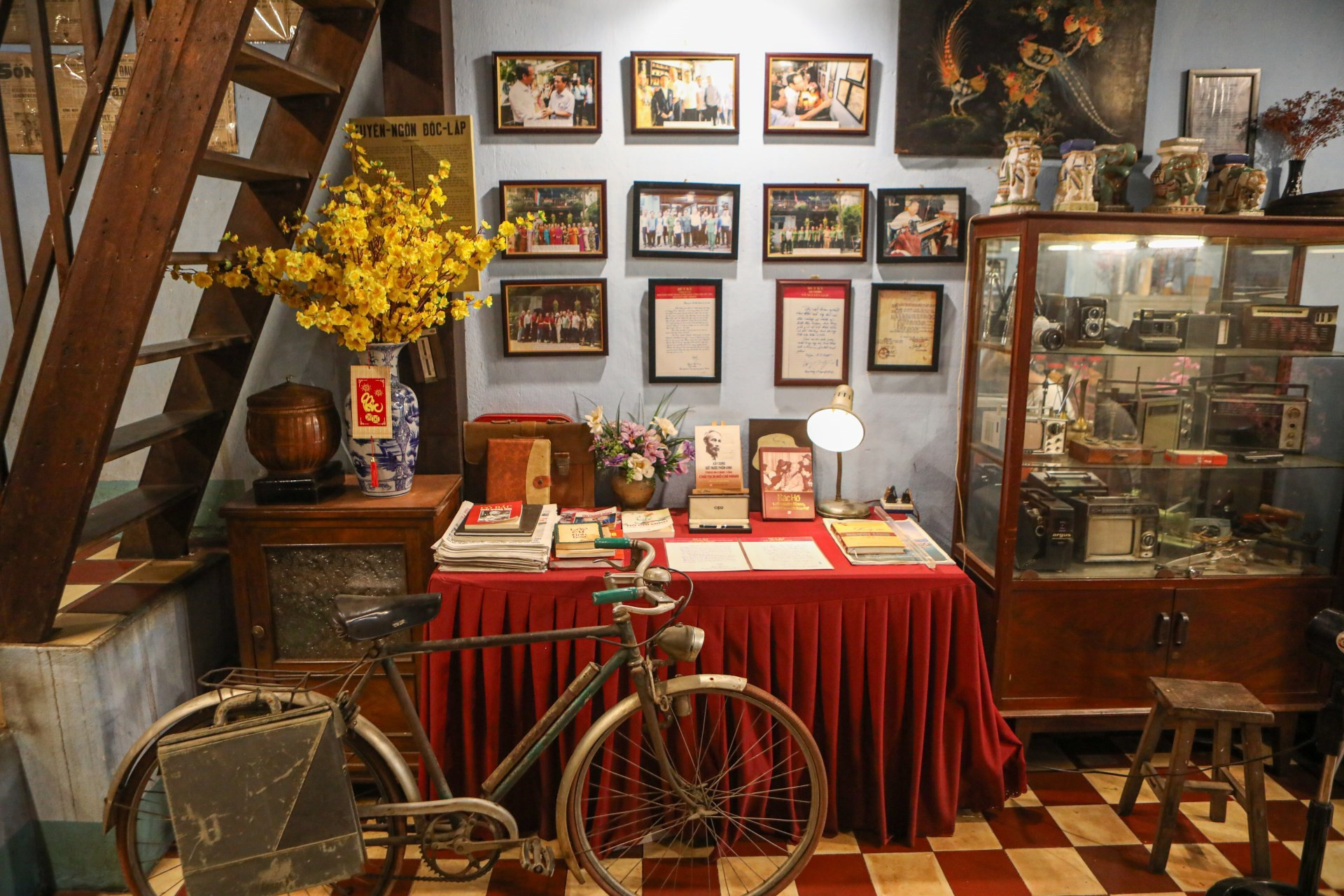On the 50th anniversary of national reunification, VietNamNet presents a special series titled “April 30 – A new era,” featuring reflections, lessons, and stories from military experts, historians, and eyewitnesses of Vietnam’s resistance war. These insights reaffirm the importance of unity, diplomacy, resilience, and the enduring strength of the Vietnamese people.
“Billionaire Mai Hong Que” (October 10, 1920 – June 25, 2002) was a captain in the People’s Army of Vietnam, serving in Unit 159 of the Saigon–Cho Lon–Gia Dinh Special Forces. His real name was Tran Van Lai, codenamed Nam USOM/Nam Lai.
Masquerading as a contractor for the Independence Palace, he established covert ties with the South Vietnamese government, secretly building tunnels and stockpiling weapons in preparation for the 1968 Tet Offensive.
In 2015, the Vietnamese government awarded him the title Hero of the People’s Armed Forces.

He was also the inspiration for the character of the paint company owner in the famous film Saigon Special Forces. His life was later chronicled in the documentary The Covert Contractor by Ho Chi Minh City Television.
His fourth son, Tran Vu Binh, shared: “As a child, I didn’t see my father as a hero. We weren’t even allowed to call him ‘dad’ - just ‘uncle’ or even ‘mom.’”
"I didn’t get to call him ‘dad’ until two years after reunification"
“It wasn’t until 10 years after liberation that I could call him ‘dad.’ Before that, even in 1977, we only called him ‘uncle.’ He didn’t live with us, didn’t raise us. To me, he felt like a stranger,” Binh recalled.
As he grew older, Binh began to understand the reasons behind his father’s secrecy - why he kept his second family and children hidden from the public.
“But that realization came too late. Before that, I felt hurt, even angry,” he admitted.

His father’s first wife, Pham Thi Chinh, was captured and killed by enemy forces in 1964. In 1965, under orders from the resistance, Lai married Dang Thi Thiep - Binh’s mother. They had children in successive years: 1966, 1967, 1968, and 1969.
Despite reunification, Lai never appeared in public with his wife and children. He would enter through the back door while the kids walked out front. Once, while driving with Binh, he abruptly braked the car, injuring his son’s head - just to chase a suspected enemy operative.
“We were poor. Even though his salary was modest, he’d give away everything to help struggling comrades. When we craved pho, he’d buy one bowl, pour it into a big pot, dilute it with water and fish sauce, and tell us, ‘Eat up - dad already ate.’ That made us furious, but he never wavered,” Binh said, holding back tears.

“At one point, I was so upset I wanted to hang myself. But I thought, ‘Why choose such an extreme end?’ So I cut the rope and left home to wander. That’s when I met my future wife and began searching for the truth about my father. The more I learned, the more my pain turned to admiration. I realized his distance was a form of protection, a necessity for his covert work. Ultimately, it was a sacrifice.”
The three lessons of 'transformation'
Binh now proudly considers himself the most similar to his father. He cherishes the values passed down to him, especially the three “transformations” his father often emphasized.
“During the revolution, my father was deeply loved by the people. I learned how to win trust wherever I go. My father survived countless manhunts because he was protected by the people.”
The first transformation was community integration. In South Vietnam, each cluster of three houses had a local head who could easily report suspicious activity. To operate safely, Lai had to blend in and earn neighbors’ trust. He memorized their routines and carefully staged return visits, ensuring people believed he was often around.
The second was professional credibility. “If he claimed to be a contractor, he had to know how to build. If he posed as a doctor, he had to treat people. He became skilled at injections and minor treatments, which helped build trust,” Binh shared.
The third was legal identity transformation - using forged documents to enter the city and work under false names. But because his professional skills were real, no one doubted his cover.

In 2002, Lai passed away at Cho Ray Hospital. “At his death, a deputy hospital director told us he had registered to donate his body to medical science. My mother cried and said, ‘He’s given everything he had to the revolution. Please let us keep this one part of him.’”
Recovering a legacy
“Even after reunification, my father continued to build hidden tunnels. I once snooped through his documents while he was away because he never spoke about the past,” Binh said.
As a young man, he began retracing his father’s history, acquiring and restoring relics associated with the legendary “spy billionaire.” He started in the 1980s, before turning 20.
“If I had lived a comfortable life from the beginning, I wouldn’t have done this work,” he admitted.
Following his father’s approach, Binh sought help from people outside the family - people his father once trusted. Because his father’s properties were often under others’ names, recovering them was a challenge. “Some said, ‘It was your father’s, but where will I live if I give it back?’ So I had to buy the properties, sometimes paying more than market value to help their families.”
This made his restoration work slow and financially draining.

Today, Binh manages several historical sites in Ho Chi Minh City, all open to the public free of charge. These include: the Saigon–Gia Dinh Special Forces Museum (District 1), the secret mailbox and bunker at 113A Dang Dung (District 1), secret weapon caches and troop shelters at 287/70–72 Nguyen Dinh Chieu (District 3), the Phu Xuan–Vinh Xuan gold shop (368 Hai Ba Trung, District 1), and secret interior construction bunkers under villas such as 8 Nguyen Thi Huynh (Phu Nhuan District), among others in Cu Chi and Long An.
“My dream is for there to never be war again. That’s why these living relics are important. Young people today often don’t read long texts, so we bring them to see the artifacts - let them start with curiosity and gradually build understanding.”
Not even all of his family supports this mission. “In a market economy, no one wants to give up dozens of properties while your own kids don’t even own homes. But I must rise above the ordinary - to give back as my father did.”
“My father worked nonstop during wartime, holding all the ‘keys’ to the resistance network in Saigon. On the surface, he worked for the Americans and gained access. At home, this created emotional contradictions. My mother felt sad when he brought home money - because that meant the war wasn’t ending. My grandfather was in the North with President Ho Chi Minh. My mother longed for peace to reunite.”
“Even when there was no artillery at night, my mother felt anxious. Though bombs meant death, she hoped for an offensive that would end the war quickly.”
Ngan Anh – Khanh Hoa